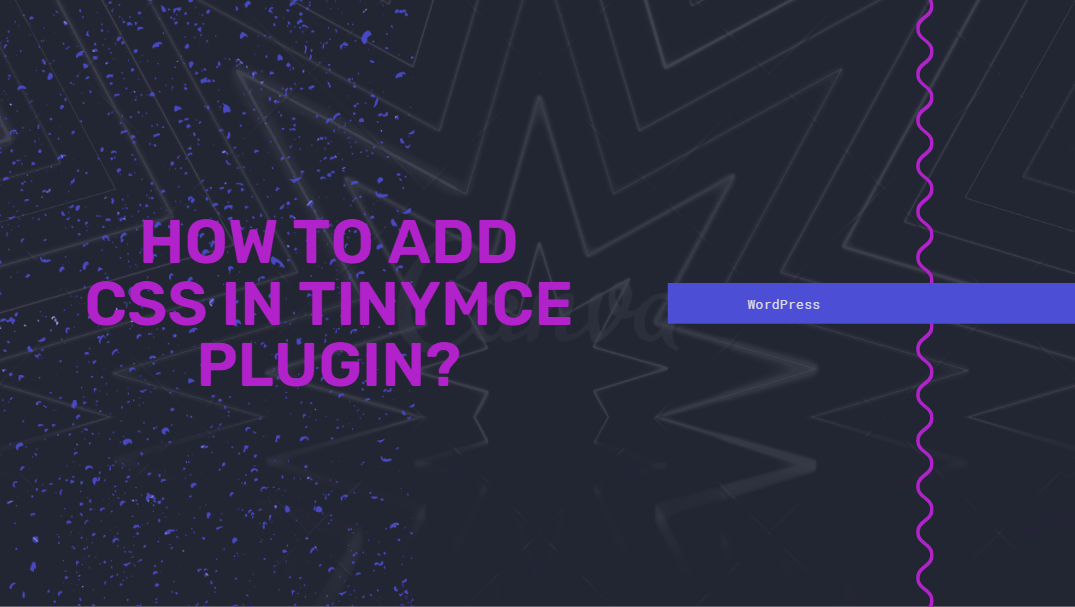
Out of all the CSS concepts that the designers have ever utilized, an award likely has to be given to the utilization of Negative Edges as being the foremost least talked about strategy of situating. It’s like an internet taboo and everyone’s doing it, however no one needs to have a conversation about it.
It is possible to deliver margins in a negative esteem. This permits you to draw the element closer to its best or cleared out neighbour, or draws its right and foot neighbour closer to it. There's a special case we’ll get to in a minute. Here is our test component: a straightforward holder with three passages in it. Note that the passages have a width of 250px. Usually amazingly vital, due to the exemption we’ll get to understand it in-depth.
Top to bottom Negative margin
To begin, let us provide the primary passage a -15px margin-bottom. Basically, when the browser calculates the point where the moment section ought to begin, it moves that point 15px upward. From that point on the browser lays out all sections as normal. Therefore the moment passage, being the bottom neighbour of the primary one, is drawn 15px closer to the primary passage. The edge between the moment and third passages remains intaglio; the browser calculates it ordinarily. Hence, the rest of the vertical cadence is preserved. This trap is valuable for unpretentious changes, where the substance of one component ought to somewhat cover the substance of the one over it. Now let’s donate the moment section a -15px margin-top. As you see, this yields precisely the same impact. Once more, the moment section is moved upward by 15px, and the consequent passages take after.
Marginal collapse
Ordinarily, the browser would take the primary paragraph’s margin-bottom and the moment one’s margin-top, figure out which one is bigger, and apply that edge between the two, which would surrender max(-15px,1em) = 1em. That’s not how it works, though. In case of negative edges we take the supreme values of the two abutting edges (15px for the second paragraph; 1em for the primary), and deduct the little (15px) from the bigger (1em). This yields approximately 1px (depending on the textual style estimate, of course). Thus, negative edges are really permitted to drag components closer to their neighbours without being ruined by customary edge collapsing. Now we treated the negative margin-top and -foot completely. It sometimes has a valuable impact.
Negative left and right margin
Negative margin-left and -right work the same, given the component encompasses a width. Here we apply margin-left: -10px and margin-right: 10px. As you see, the primary passage is presently counterbalanced 10px to the cleared out, whereas holding its width. Hence, its right edge too moves 10px to the left. The moment passage with the negative margin-right is unaffected. The negative margin-right would impact any component to the correct of the moment section, but there aren’t any. To appear negative margin-right in its full radiance, let’s drift the sections, so that they have a right neighbour. Here is the reference component.
As you see, the moment section is presently drawn 10px closer to the primary one due to the first’s negative margin-right. Typically the same effect will show as with on the negative margin-bottom. Also note that the moment section incorporates a negative margin-top, which suggests it is counterbalanced 10px upward. The third passage encompasses a negative margin-bottom, which has no impact, since it does not have a foot neighbour. Remember: edge collapsing does not work on margin-left and -right; fair on -best and -foot. Hence we don't need to stress around it in this case. If we grant the moment section a margin-left: -10px, the same happens. Similar to with beat and foot, cleared out and right are conversely for this impact. Negative margin-left and -right will be like negative margin-top and -bottom.
Width: negative and auto margins right
Presently let’s alter the conduct of negative margin-right by giving the sections width: auto. They don't have a settled width anymore; instead they fill up their parent component totally whereas regarding its cushioning. That’s how width: auto works. The section with margin-left: -10px is still counterbalanced 10px to the cleared out, but its width develops. In this way, its right edge isn't counterbalanced but remains where it is.
The negative margin-right presently does the same thing. It offsets the paragraph’s right edge by 10px to the correct, and the paragraph’s width increments, causing its cleared out edge to remain where it is. This as it were happens when a component has width: auto. As we saw some time recently, components with a settled width carry on very differently. Finally, the third section has both. Both its cleared out and its right edges are balanced by 10px, basically nullifying the container’s padding: 10px;. This is by far the foremost common utilize case for negative edges. You grant a holder a cushioning so that its substance has a few breathing spaces. In any case, you need the header to span the whole holder, disregarding the cushioning. Negative edges are the way to go.
Another technique explained
In case you've got a list of things which are fair as well long to show vertically, why not separate them into columns instead? Negative edges let you do this without having to add any drifts or extra labels. Covering components on reason is additionally a great plan representation. It includes accentuation to particular components since the covering impact makes the dream of profundity. A great case would be the comments area of Phlashers.com, which employs a covering procedure to draw consideration to the number of comments a post has.
Negative edges have a put in advanced web plan since of its capacity to position components without any extra markup. With more clients exchanging to more upgraded browsers), the long run looks exceptionally bright for destinations which depend on this technique. If you've got any special encounters with negative edges, you can tally them up with this article here.



























